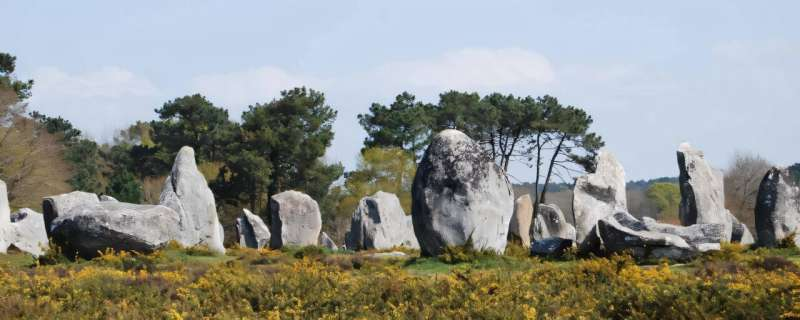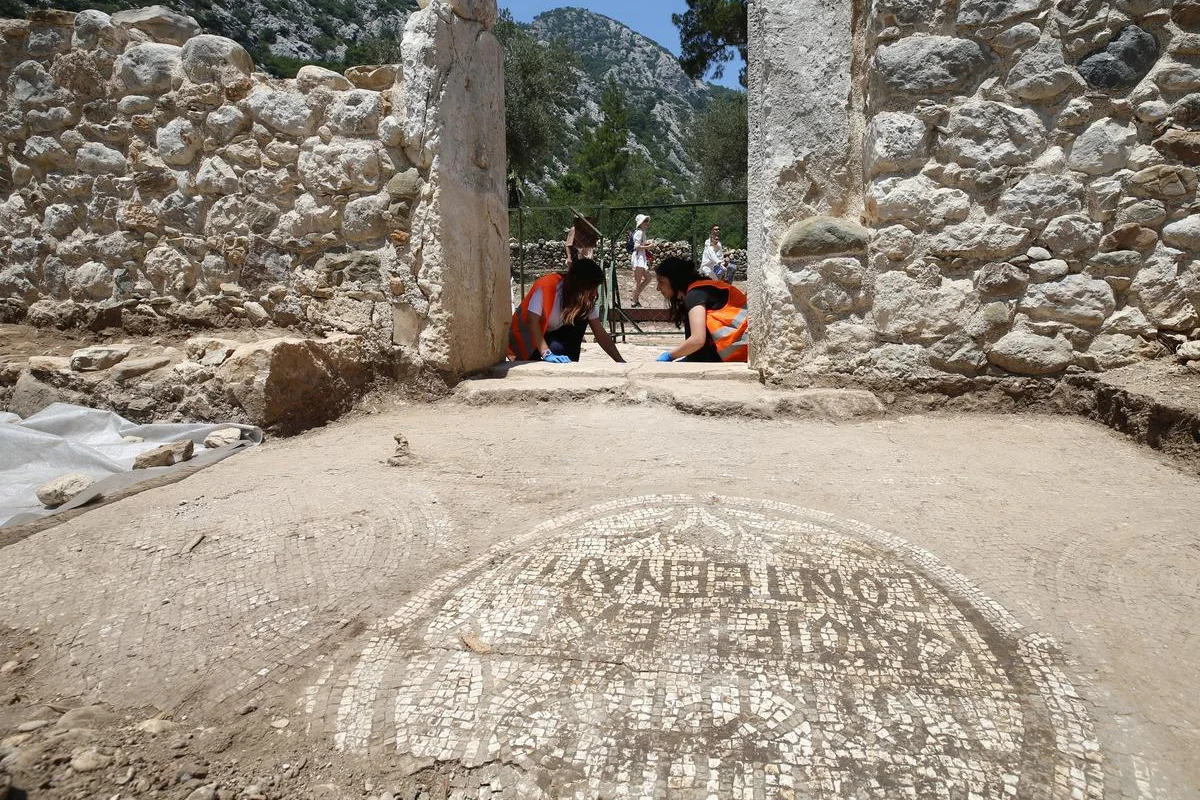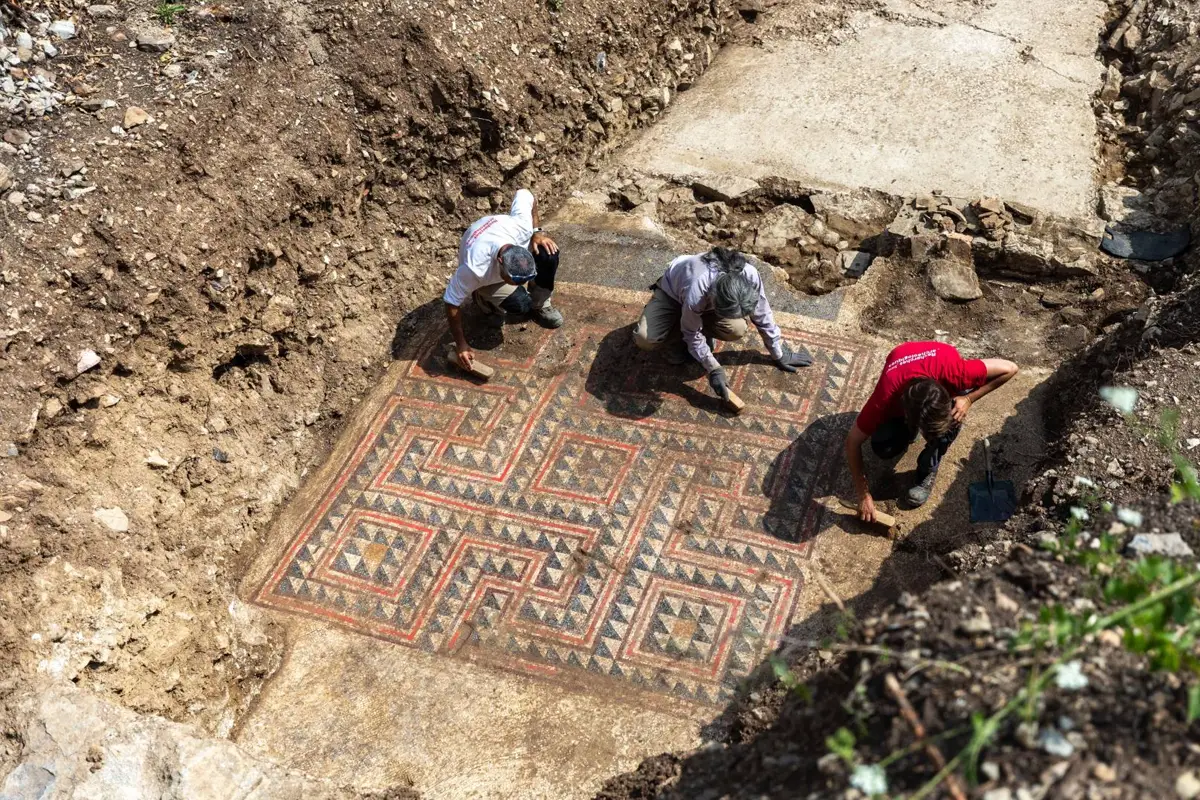In the remote and windswept Orkney Islands, nestled 15 kilometers off the coast of Scotland, a team of archaeologists has recently made a remarkable discovery that has rekindled our fascination with the ancient past. The Guardian has revealed the uncovering of a 5,000-year-old tomb, an archaeological treasure trove hailed as the pinnacle of Neolithic engineering. This extraordinary find, which dates back to around 3000 BC, promises to unlock the secrets of a bygone era.
Leading the excavation were Dr. Hugo Anderson-Whymark, senior curator of prehistory (Neolithic) at the National Museums Scotland, and Professor Vicki Cummings, an expert in Neolithic archaeology from Cardiff University. Their work has brought to light a monument of immense historical significance that had long eluded recognition. It was concealed under the footprint of a now-demolished building that had stood for over a century, and its true value was only revealed when a farmer's son delved deeper into the ruins in 1896. This intrepid explorer unearthed traces of walling, a stone macehead, a stone ball, and even eight skeletons, which were documented by James Walls Cursiter, a local antiquary. At that time, it was described as a "chambered cairn" and received only a couple of paragraphs of attention.
The pivotal moment came when Dr. Anderson-Whymark stumbled upon this historical account during his research. Inspired by this discovery, he embarked on a mission to trace the site, leading to the revelation of a monumental Neolithic tomb.
The newly discovered tomb is more than 15 meters in diameter and features a stone structure accessible through a seven-meter-long passage. Inside, the archaeologists made a series of astonishing findings, including fourteen articulated skeletons of men, women, and children. Most strikingly, two of these skeletons were positioned as if they were embracing, hinting at a touching and enigmatic aspect of the tomb's history.
Dr. Anderson-Whymark, in discussing the tomb's construction, pointed out the corbelled technique used to create the cell chambers within the structure. This engineering feat involved stones being systematically stacked to form gradually narrowing chambers as they ascended. "The tomb would have been an immense feature in the landscape when it was originally constructed, and the stonework inside would have been very impressive," he emphasized.
Professor Vicki Cummings added to the significance of the find, noting that the discovery of tomb deposits like these is incredibly rare, even in well-preserved chambered tombs. She believes that these remains will provide invaluable insights into various aspects of the lives of the people who lived during that time.
The burial practices observed in this tomb have raised intriguing questions about the rituals and customs of these ancient people. Dr. Anderson-Whymark explained, "They were certainly putting bodies on top of bodies, but they appear to have gone in over a period of time." This suggests that the entrance to the tomb could have been periodically blocked with a stone slab, allowing for activities and ceremonies within the main chamber.
A small but significant discovery was also made on one of the tomb's stones: a motif comprising three lines and other scratch marks. This carving provides a unique glimpse into the artistic and symbolic expressions of the Neolithic inhabitants of Orkney.
The next step in unraveling the mysteries of this ancient tomb will involve DNA analysis and other research to determine the relationships between the individuals buried here. This could shed light on whether they were all related and their connections to other Orkney tombs. Some of these neighboring tombs might have been used over generations or even centuries, revealing an intricate tapestry of Neolithic society and culture.
The discovery of this Neolithic tomb in Orkney has rekindled our curiosity about the lives and customs of our ancient ancestors. The site serves as a tangible link to a distant past and provides a fascinating window into the sophisticated engineering and social complexities of Neolithic communities. As further research and analysis unfold, we can expect to unearth even more captivating stories from the heart of prehistoric Orkney.







